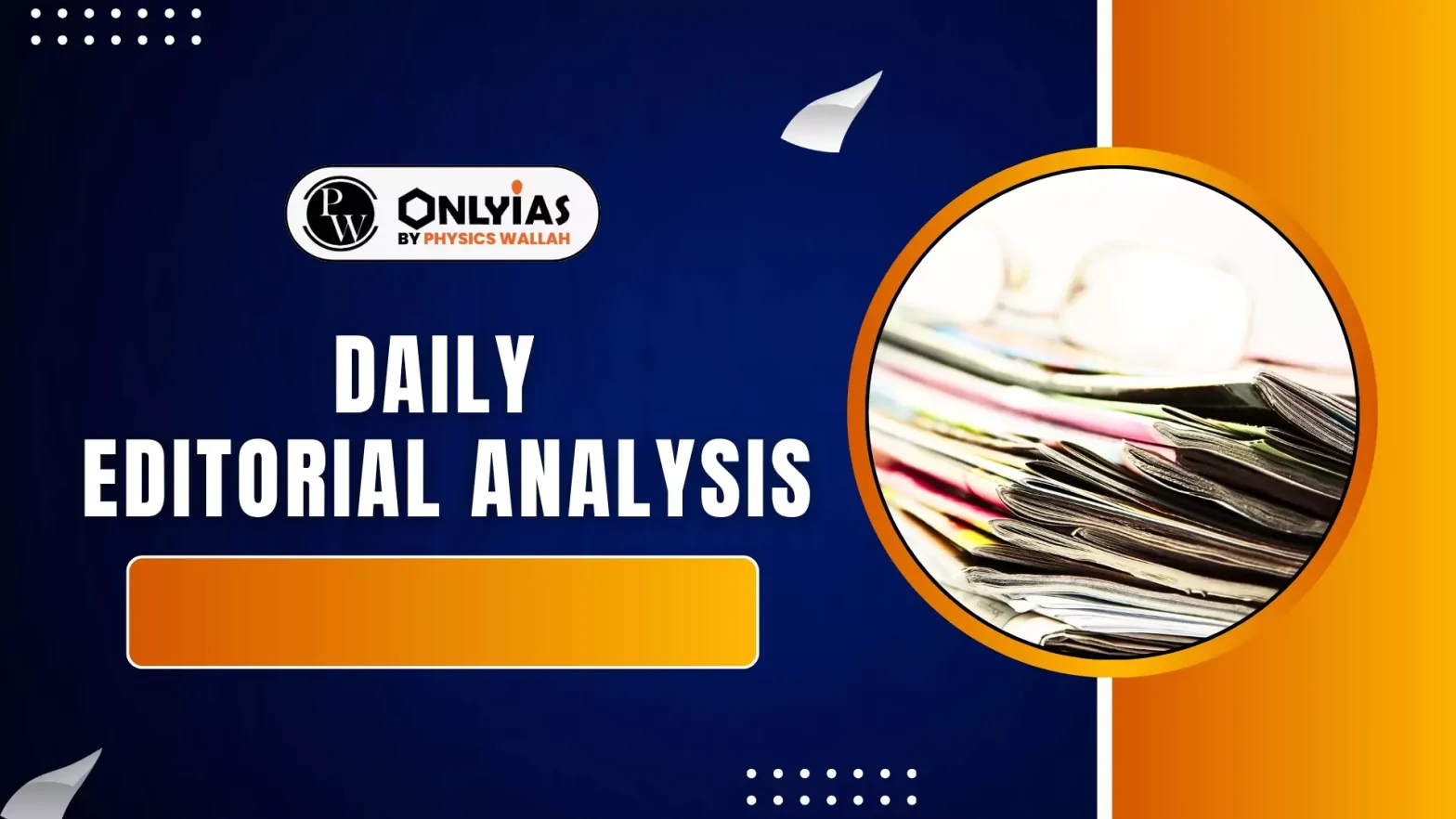India’s plan to introduce Artificial Intelligence (AI) from Class 3 by 2026–27, aligned with the National Education Policy (NEP) 2020, marks a transformative education reform to build digital skills, though challenges of access, training, and ethics remain.
AI Integration in Early Education
- NEP 2020 Alignment: The Ministry of Education plans to weave AI literacy throughout the K–12 system, promoting computational thinking and innovation from an early age.
- Goal: Build a future-ready workforce capable of thriving in automation and digital economies.
- Curricular Overhaul: AI will transition learning from rote-based to analytical and personalised modes, enhancing creativity and problem-solving.
Teacher Training and Implementation Challenges
- Massive Scale of Upskilling: Over one crore teachers need training to adapt to AI-based pedagogy.
- Pilot Projects: Partnerships with Intel, IBM, and the National Institute of Electronics and Information Technology have trained 10,000+ teachers since 2019.
- Challenges: Resistance to change, digital literacy gaps, and inadequate infrastructure in rural schools.
- Core Issue: The success of AI in classrooms depends on how well teachers evolve into AI facilitators, not just content deliverers.
AI as a Tool for Personalised Learning
- Adaptive Education: AI can analyse student behaviour, track learning progress, and customize lessons for individual needs.
- Bridging Gaps: Especially useful for students with disabilities or those facing language barriers, enabling inclusive and accessible education.
- Enhanced Engagement: AI tutors provide real-time feedback, extra practice, and progressive challenges, improving comprehension and confidence.
Human Element in AI-Driven Classrooms
- Augmentation, Not Replacement: AI supports teachers by automating routine tasks like grading and attendance.
- Enhanced Creativity: By saving time, teachers can focus on emotional and conceptual learning — empathy, curiosity, and critical thinking.
- Teacher’s Central Role: A passionate teacher remains the irreplaceable driver of learning, ensuring AI complements human judgment.
Workforce Implications and Economic Impact
- Job Shift: As per NITI Aayog, AI may displace 2 million tech jobs but also create 4 million new roles by 2030 requiring reskilling.
- Skill Transition: Early AI education prepares students for emerging industries like data science, robotics, and creative computing.
- Resilience Focus: The key goal is to build a workforce adaptable to automation, not fearful of it.
Generative AI in Higher Education
- Widespread Adoption: Over 50% of higher education institutes in India now use generative AI tools.
- Practical Uses: Chatbots, AI-based quizzes, and personalised study aids enhance engagement and self-learning.
- Potential: These tools can bridge educational inequality but require ethical guidelines and data privacy frameworks.
Driving Inclusivity and Accessibility
- Equitable Learning: AI-based language processing tools and adaptive content make education more inclusive for multilingual and differently-abled learners.
- Digital Divide Concern: Without proper access, AI could widen inequities between urban and rural schools.
- Policy Need: Deliberate planning must ensure affordable devices, internet access, and local-language AI interfaces.
Conclusion
India’s AI-in-education reform is a bold step toward personalised and inclusive learning, yet its success rests on teacher readiness, equitable access, and ethical use, ensuring technology enhances—not replaces—the human core of education.
![]() 1 Nov 2025
1 Nov 2025

